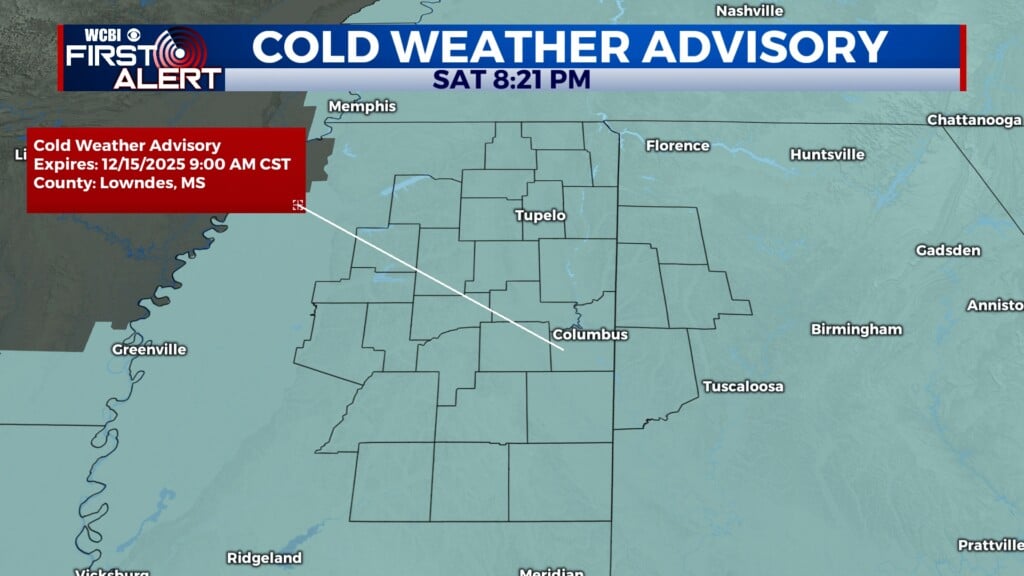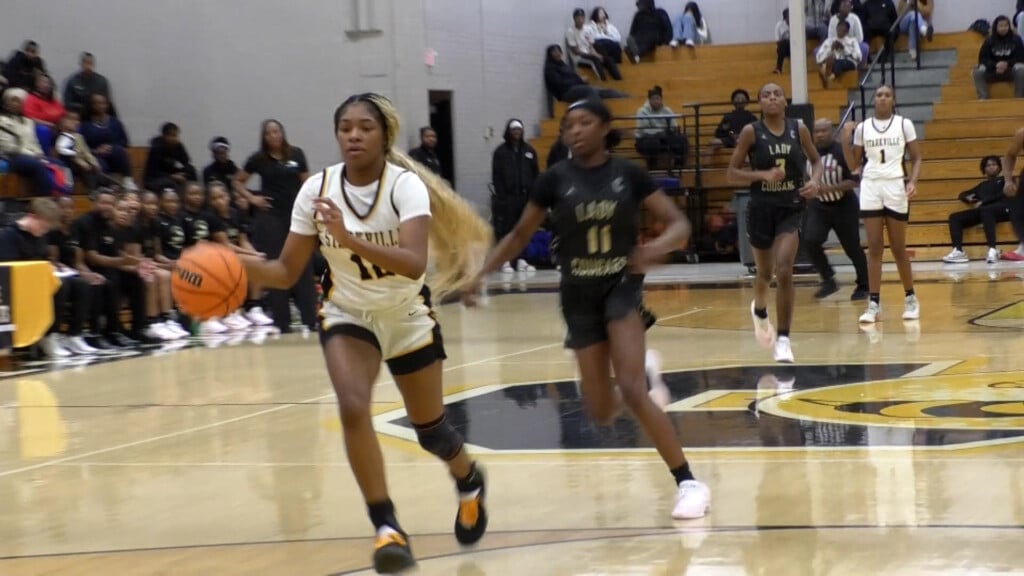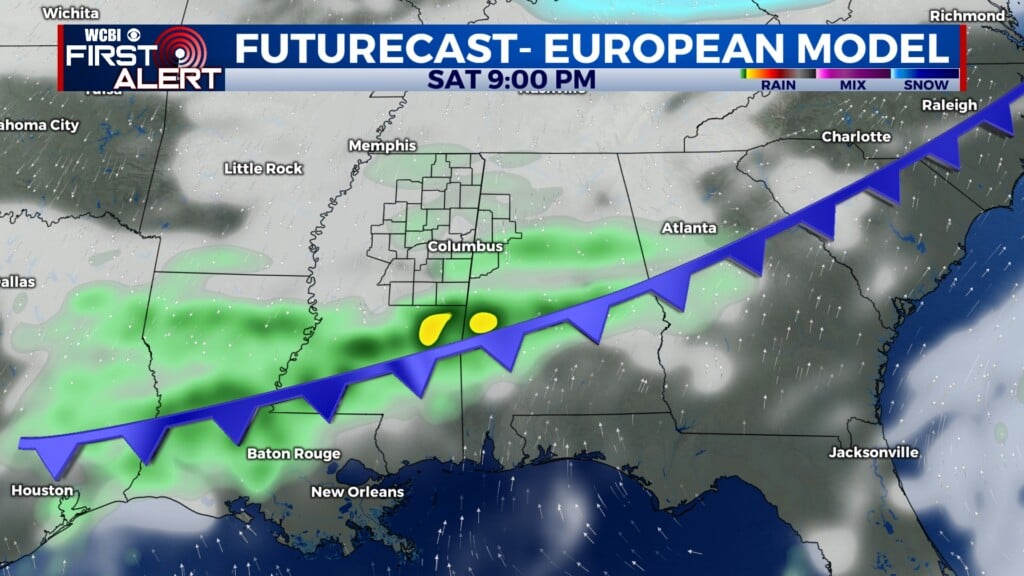WCBI WEATHER WORKS – AIR MASSES
Over the last few weeks and even months, we’ve been going between hot and cold, but why does this occur? We talk about it in this week’s WCBI Weather Works!
Air masses and fronts are two words you often hear meteorologists spit out, but what do they mean? An air mass is essentially a blob of air that has a temperature and moisture characteristic. A front is a boundary between two different types of air masses.
There are 4 basic types of air masses that form over North America. They are Continental Polar, Continental Tropical, Maritime Polar and Maritime Tropical. As far as temperature characteristics, Polar air masses are those that are fairly cold, while tropical air masses are fairly warm. As far as moisture characteristics, continental air masses are those that are fairly dry while maritime air masses feature lots of water vapor. These different air masses form over different areas of north America.
A continental polar air mass develops over central Canada and brings our “Arctic Air” outbreaks. Maritime polar air masses tend to develop over the Northern Atlantic Ocean and off the Pacific Northwest coast. This is why the pacific northwest tends to be cold and wet. The maritime tropical air masses tend to develop near the equator and bring our hot and humid weather. The continental tropical air masses develop in the desert southwest and bring hot and dry weather.
These air masses can be a big influence on our weather. When there is a boundary between two types of air masses, we call it a front. We’ll talk more about fronts next week. But for now, with this week’s WCBI Weather Works, I’m meteorologist Amanda Reynolds





Leave a Reply